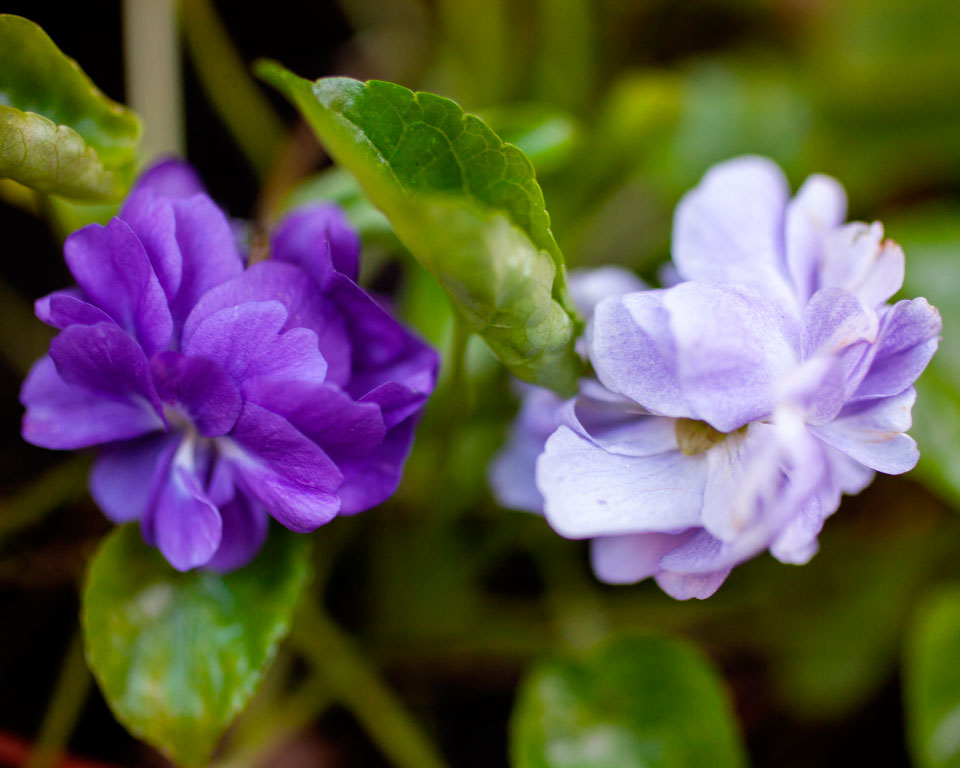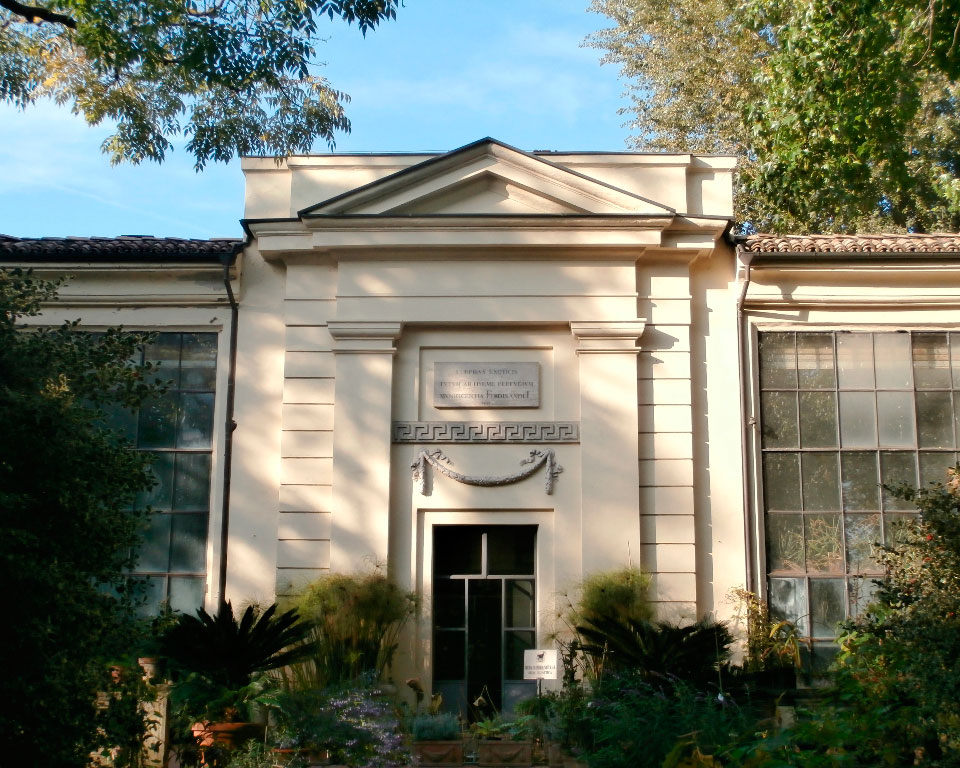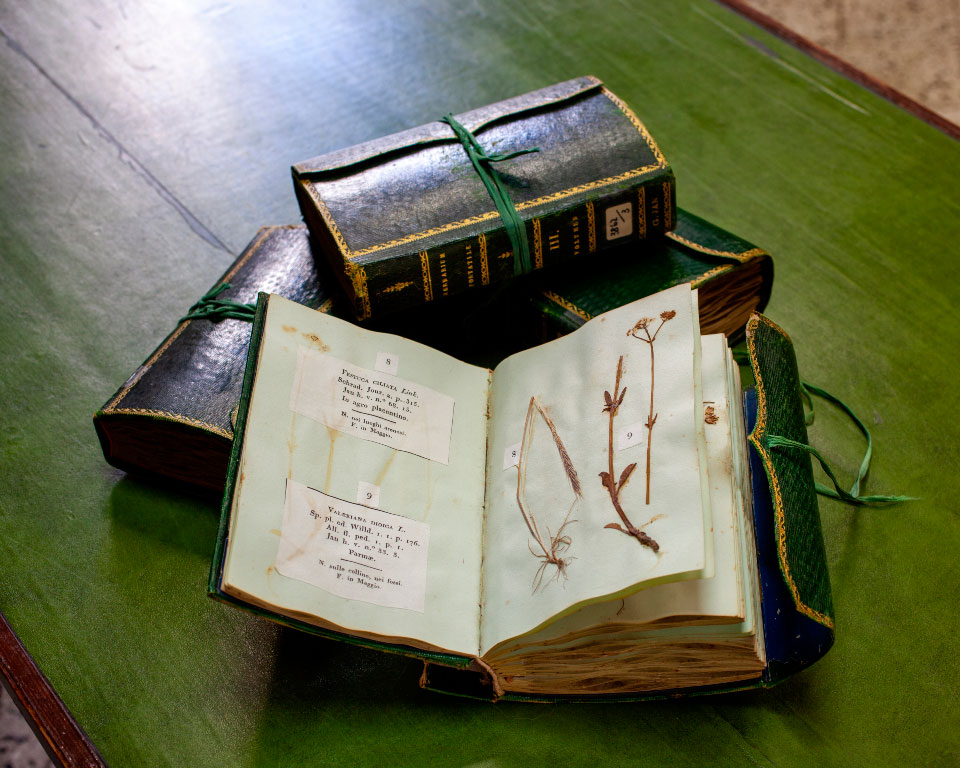The Health Laboratories in Parma between the 16th and 19th centuries is a fascinating journey to discover the repositories of botanical and pharmaceutical knowledge in the city: the Apothecary of San Giovanni Evangelista, the San Filippo Neri Antique Pharmacy and the Botanical Garden.
Visit guaranteed with a minimum of 2 participants.
The plants' therapeutic powers were passionately studied and represented an undisputed heritage in the monastic sphere, as revealed even today by the Spezieria di San Giovanni Evangelista with its conspicuous collection of tools, vases, mo... more
The plants' therapeutic powers were passionately studied and represented an undisputed heritage in the monastic sphere, as revealed even today by the Spezieria di San Giovanni Evangelista with its conspicuous collection of tools, vases, mortars, scales, albarellos, retorts, alembics and Florentine bowls usedto prepare herbal medicines. No less important is its book heritage, consisting of 24 ancient treatises on pharmacopoeia, medicaments, botany and pharmaceutics and 7 modern treatises ranging from the 16th to the 19th century, acquired through donations from private individuals and as a deposit of the Congregazione San Filippo Neri di Parma.
The San Filippo Neri Antique Pharmacy, rebuilt in 1789 as it can be seen today and functioning as a galenical laboratory for 177 years, with its medical and chemical instruments, glassware and jars, printed and manuscript recipe books, expense notes and inventories preserved in the Congregazione di Carità Archives, makes it possible today to retrace step by step the development of assistance and pharmaceuticals from the 17th to the 20th century. The Giardino dei Semplici of the Spezieria di San Giovanni Evangelista has not survived the passage of time, and a similar fate befell the San Filippo Neri Antique Pharmacy Garden, of which numerous testimonies nevertheless survive.
Botany was already an advanced science in Parma in the 17th century, normally taught by doctors and attracting scholars and enthusiasts. The Casapini Herbarium (1722), on deposit at the Parma Botanical Garden, is an extraordinary testimony to how herbs were considered of primary importance for medical treatment and a cross-section of the flora widespread in the Parma territory as early as the first half of the 18th century, anticipating by about 15 years the classification method used by Carlo Linneo. The Botanical Garden, heir to the seventeenth-century Giardino dei Semplici, was created between 1770 and 1771, when with the establishment of a large State University in the city, Botany, which until then had been subordinate to Medicine, became an autonomous science within the Duchy of Parma and Piacenza as well. In the 18th and 19th centuries, phytology continued to fascinate and involve Parma's nobles and rulers, as evidenced by the collection of Countess Albertina Montenovo Sanvitale, daughter of Duchess Maria Luigia, Giorgio Jan's portable herbarium and Luigi Gardoni's corpulent herbarium, represented by 274 parcels containing a diverse miscellany of indigenous and exotic species.
less
Medicinal, insectivorous and succulent plants constitute, together with collections of wild violets that include the well-known Parma Violet, the heart of the live collections of this immense 11,000 square metres green space located in the heart of Parma's historical centre, guardians of local biodiversity and of ancient and modern relations between man and plants.

Located in the city' historical centre, it covers the same area (11,000 square metres) as at the time of its foundation. The central part in front of the greenhouses retains the appearance of an Italian garden as in the 18th century project, although the geometry has been partly modified over time. The Arboretum, created between the 18th and 19th centuries, still occupies the eastern part of the Garden, while the garden in the western part has been recreated in the English style. Managed by the staff of the Department of Biosciences of the University of Parma, its primary purpose today is the conservation of biodiversity both "in situ" and "ex situ", and it carries out its activities in the fields of scientific research, teaching activities, environmental education and collaborative relations with local authorities.

The Botanical Garden contains the precious Herbaria and some working tools of Giambattista Guatteri, Giorgio Jan and Giovanni Passerini. After a recent restoration financed by the Club of Parma Est C.A.R.F. and the Inner Wheel Italia Association and completed in 2018, an ancient Herbarium of medicinal plants by the botanical doctor G.B. Casapini (1722) is in storage at the Botanical Garden. We also find the Herbarium of Countess Albertina Sanvitale with autograph indications by her (1828-1830) and that of Luigi Gardoni (1836-1878), represented by 274 parcels containing a diverse miscellany of indigenous and exotic species.